Like a desert, but humid, or a beach with nowhere to swim — these words came to me one afternoon standing on the flat top of a hot hill at the West tract of Sandhills Wildlife Management Area in Taylor County, Georgia. Beige sand stretches into the distance, intermittently punctuated by short, sparse vegetation. The young longleaf pine and the short, twisting turkey oak trees provide no shade. What water one can find is typically in shallow, muddy streams; in ponds whose uninviting dark water hides the cottonmouths that are (probably) sharing the water with you; or at the bottom of bogs, seeping up from spongy sphagnum moss under the pressure of your cautious steps.
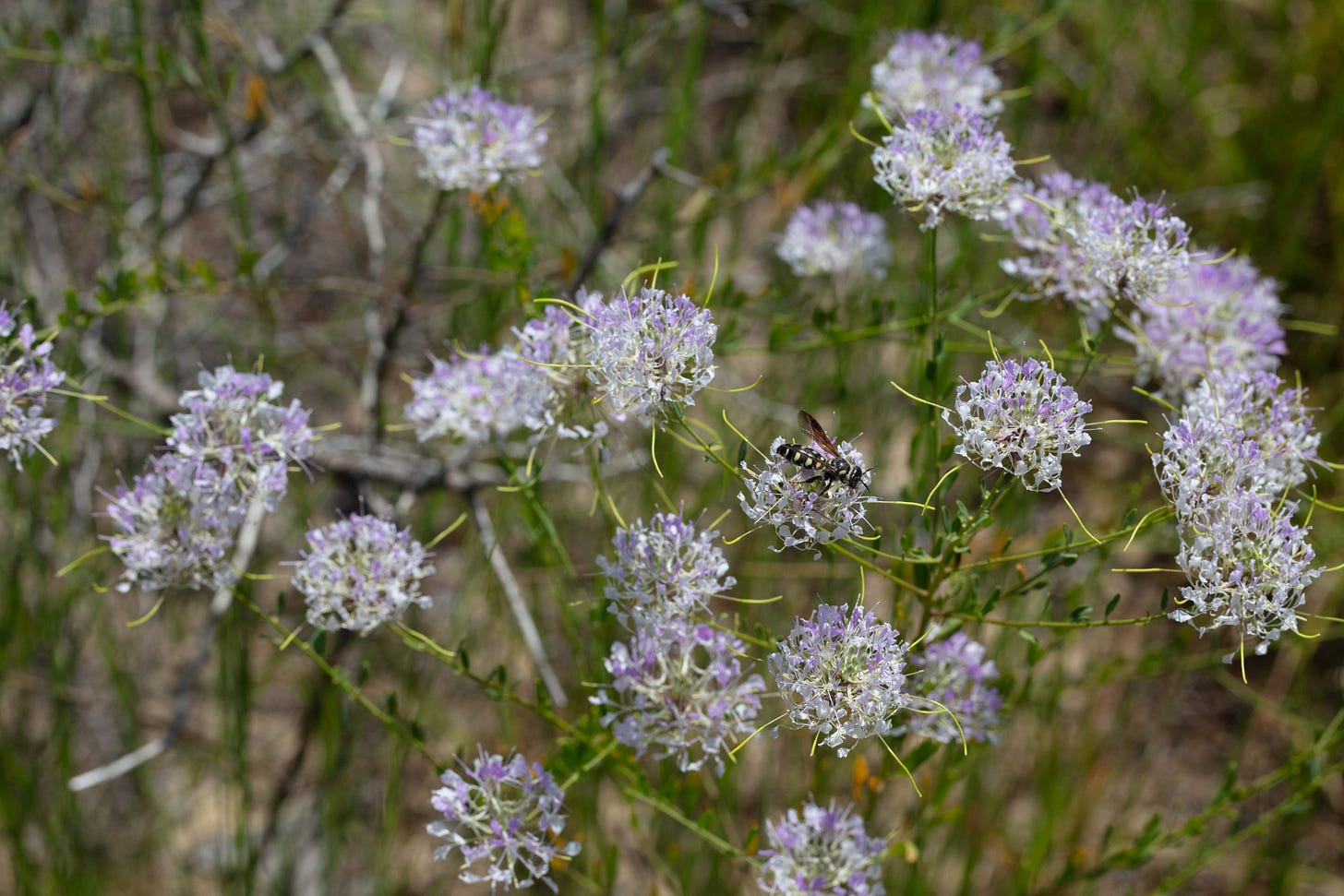
During a recent trip to Sandhills East Wildlife Management Area, I wrote the following: “Sun is hot, bobwhites whistling. Everything is hot. Lots of clicking from different bugs. It is so hot. Why did I come here?” Yet I stayed at least an hour after writing those words, fighting the heat and the resistance of soft sand with every step; every step brought another wonder that encouraged me to pause, to stay, and to then continue exploring. A gopher tortoise burrow. A patch of Carolina pinelandcress (Warea cuneifolia), many delicate pale pink flowers fluttering in the scant breeze like the wings of tiny moths. A huge web stretched between two short persimmon trees, four lines of ZZZZ’s forming an X towards the center of the web, in the middle of which sits a Florida garden spider, with long, slender legs banded with black and white, and white, black, and gold forming zigzags and peaks on her elongate, ornate abdomen.
I resolved to write about the Taylor County sandhills this week so that any local readers might have time to register for a Georgia Botanical Society field trip taking place next Saturday, September 28th. Trying to condense all of my observations to 1,500 words quickly overwhelmed me. How can I choose what to share with you and what to leave out? This will have to be the first of many in a Sandhills series.
Travel southwest of Atlanta about 100 miles, on backroads bordered with red clay hills that sport scraggly green dog-fennel, burnweed, and horseweed. At some point, the red clay gives way to pale sand. This is the Fall Line, an in-between place where the Piedmont physiographic province and the Atlantic Coastal Plain meet. Two tracts, one north and one south of Highway 96, have been preseved by the Georgia Department of Natural Resources and designated Sandhills Wildlife Management Area.
Information about both tracts is scant. Neither is a featured natural area in The Natural Communities of Georgia. Roadside Geology of Georgia does not highlight the roads that pass through Taylor County and these sandhills. Descriptions of sandhills generally are not helpful; Fall Line Sandhills also exist in North Carolina, and Georgia has many other sandhills communities (such as the Ohoopee Dunes), all of which have somewhat different flora from the Taylor County sandhills. Even Georgia DNR’s website causes confusion; the website for the West Tract is nearly identical to the website for the East Tract, with both providing the location and directions only to the East Tract.1 Both websites also state the following:
The State of Georgia acquired the land in 2007 for its high diversity of rare species. . . . DNR Wildlife Resources Division personnel are using a variety of methods to aggressively manage and restore these habitats to their natural state, ultimately benefiting rare and common species native to this area. . . . Such management comes with inherent growing pains; namely, it will make the site look somewhat ugly before time allows it to rebound with greater natural beauty. (emphasis added.)
What!? “Somewhat ugly!?” How dare you!?
The Taylor County sandhills are far from ugly, at any time of year, but especially in autumn.
Whereas spring is the season for wildflowers in much of the state, in the sandhills, it is fall. Each year, prescribed fire awakens sleeping seeds and that, months later, gifts us with the pink, purple, and yellow superbloom. The pale sand becomes hidden by dense growth — grasses, sedges, purple and white wands of at least two species of Liatris, pink trumpets of Agalinis, and constellations of tiny yellow goldenrod stars. A vast variety of yellow daisy-shaped flowers contribute to the superbloom, including slender scratch-daisy (Croptilon divaricatum), many bright flowers topping branched, wiry, reddish-brown stems; Sandhills golden-aster (Pityopsis pinifolia), a locally abundant yet globally rare plant with long, narrow leaves reminiscent of pine needles; and woolly golden-aster (Chrysopsis gossypina ssp. gossypina), its leaves softened by silky white hairs. Near the entrance of the East tract, a wide, dense border of tall cucumberleaf sunflowers (Helianthis debilis ssp. cucumerifolius) blooms. Among them are the showy, speckled, multi-colored inflorescences of spotted bee-balm (Monarda punctata), elaborate constructions of pale yellow bilabiate flowers sprinkled with purple, clustered above bright pink-purple triangular leaves (bracts) that stick straight out, parallel to the ground.
Autumn also brings many kinds of delicate white flowers to the sandhills. Tall, brushy plumes of Coastal Plain dog-fennel (Eupatorium compositifolium) top red stems that gently sway in the soft breeze. Thread thin, branched stems of jointweed (Polygonella sp.) weave a delicate lace of tiny blossoms. Four species of jointweed grow in these sandhills, and two bloom in fall, including the appropriately named October flower (P. polygama).
Of the white fall flowers in the sandhills, my favorite is probably Dalea pinnata, Summer Farewell — another with thread-thin, branching stems lined with compound leaves of small, thin leaflets, and crowned with densely packed heads of pale-petalled flowers, like a cluster of short, soft ribbons; clasping the base of the collection of flowers are overlapping bracts a dark, brown-tinged red. In the winter, these bracts remain, covered with thin white hairs that give the plant a silvery sheen, like a layer of frost.
Above the fall superbloom, butterflies float — migrating monarchs, gulf and variegated fritillaries (fed throughout the summer by the purple passionflower vines that crept over the sand), spotted beige buckeyes (whose caterpillars creep along the Agalinis, one of their host plants), hairstreaks, blues, and skippers.
Throughout the year, it is a place of interesting insects. Shining tiger beetles dart across the trails, lifting off in a fast, short flight, before dropping down to speedily serpentine over the sand once more. Dragonflies and damselflies perch on plants around the streams and ponds. Robber flies hunt. Bright velvet ants race over the ground. Dozens of bees, flies, and wasps — brightly colored and patterned — pollinate flowers. The sandhills will lead one to unexpectedly love grasshoppers — the neutral-toned species that blend in with the sand, but a closer look reveals intricate patterns on their beige bodies; as well as brightly-colored grasshoppers of green, red, orange, and yellow.
Overhead, southeastern kestrels soar. From the longleaf pines, hawthorns, and turkey-oaks come the electric zapping calls of kingbirds, the repetition of mockingbirds, and the ringing, bell-like song of Bachman’s sparrows.
Few people crowd the Fall Line Sandhills trails; with thousands of acres for everyone to spread out, one can spend hours at the WMA completely alone — but not really alone, sharing space with diverse creatures, companions that have no expectation of conversation, eye contact, or appropriate nonverbal cues and gestures — they demand nothing of you but space to live. In these harsh, humid, hot lands, find wildlife, beauty, and peace.
Find more information, including how to register for next Saturday’s field trip, at the Georgia Botanical Society website here.
I’ve found helpful information many times from the Using Georgia Native Plants blog by Ellen Honeycutt. Here is an account of the Georgia Botanical Society trip to the Sandhills ten years ago!
The second in the Sandhills series is here:
See below for the account of another fall trip to the Fall Line Sandhills — the one where I fell in the Black Creek Bog.
A flash essay I wrote about the Sandhills in fall was published in Deep Wild 2024. Excerpt here.
The Google Maps location for the WMA is a random point somewhere on the property. The interactive map on the WMA website is a little more helpful. There are several entrances to the WMA — though some are open only to foot traffic, so you have to park and walk — including on Fox Run Road (just after the paved section ends), Henry Currington Road (look for the big brown sign), and Parks Road near where it meets Davis Road (just past Black Creek.)




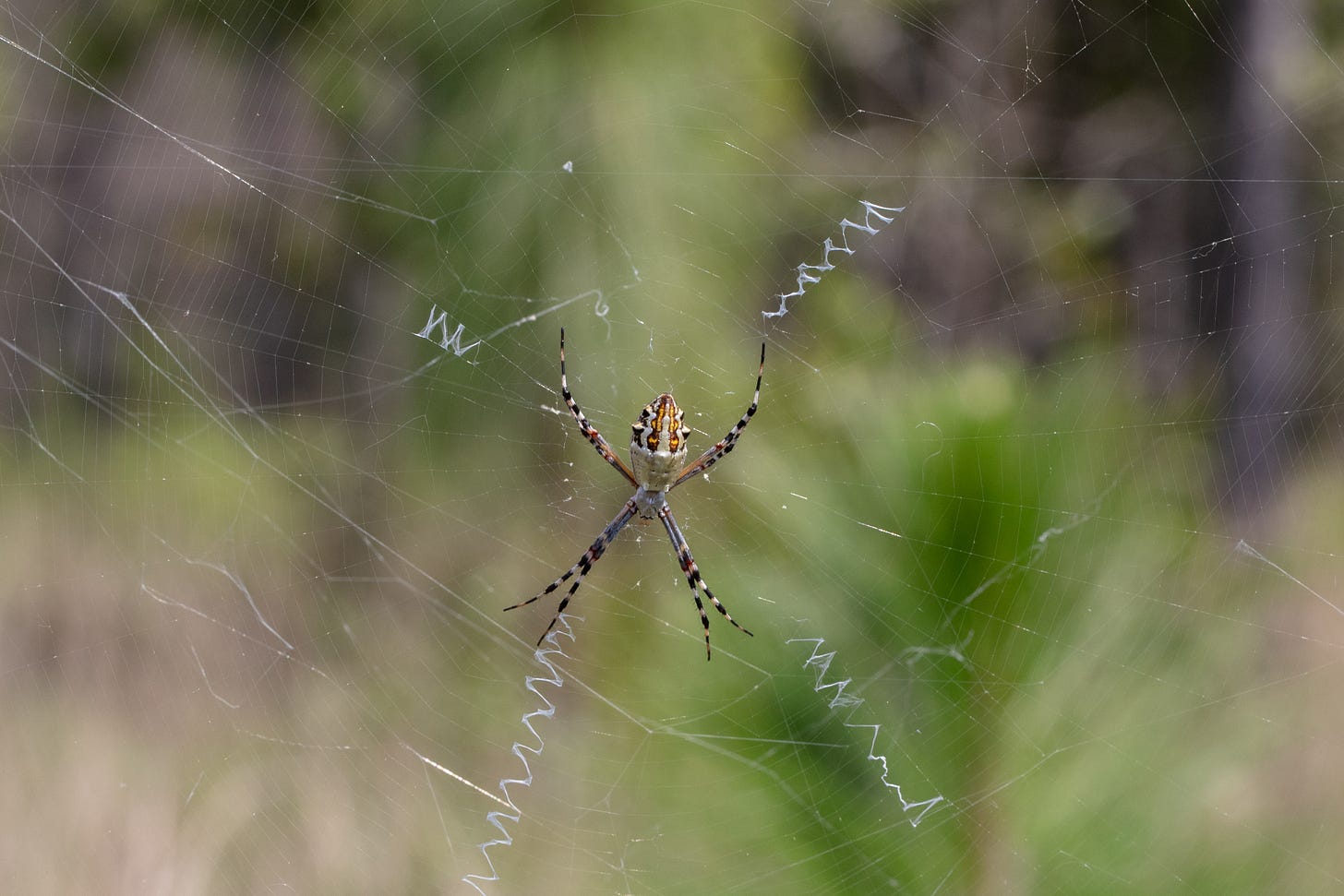
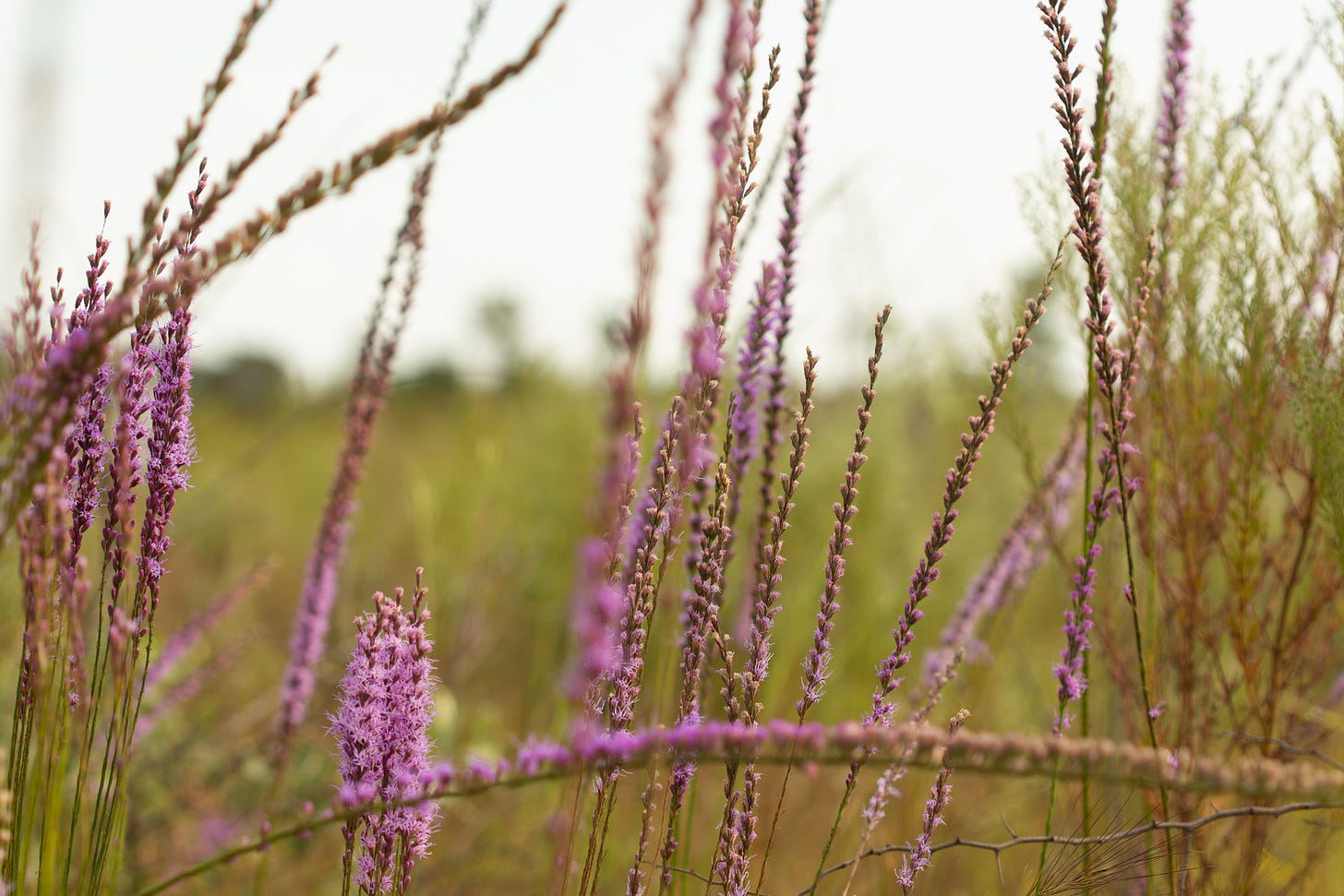
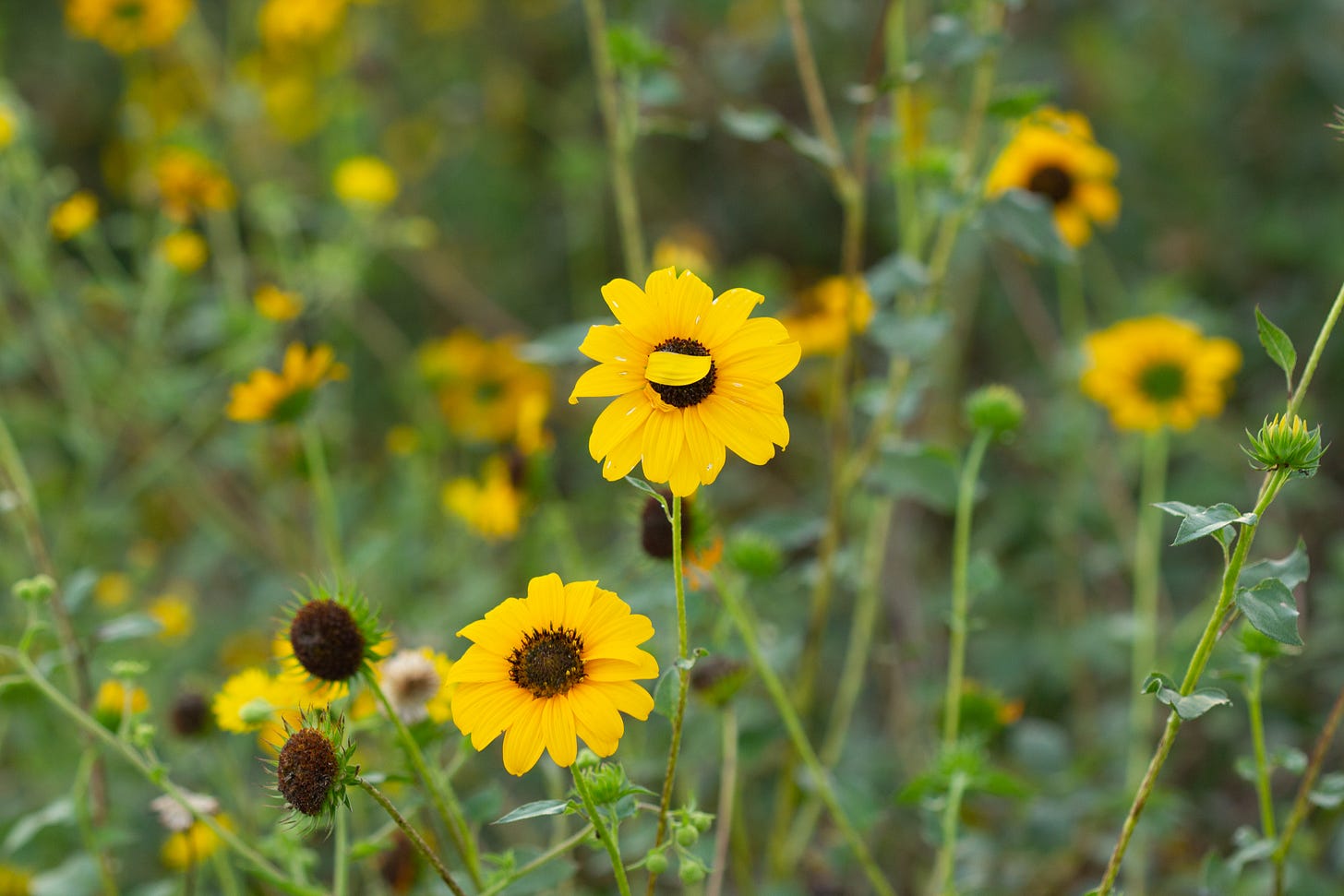


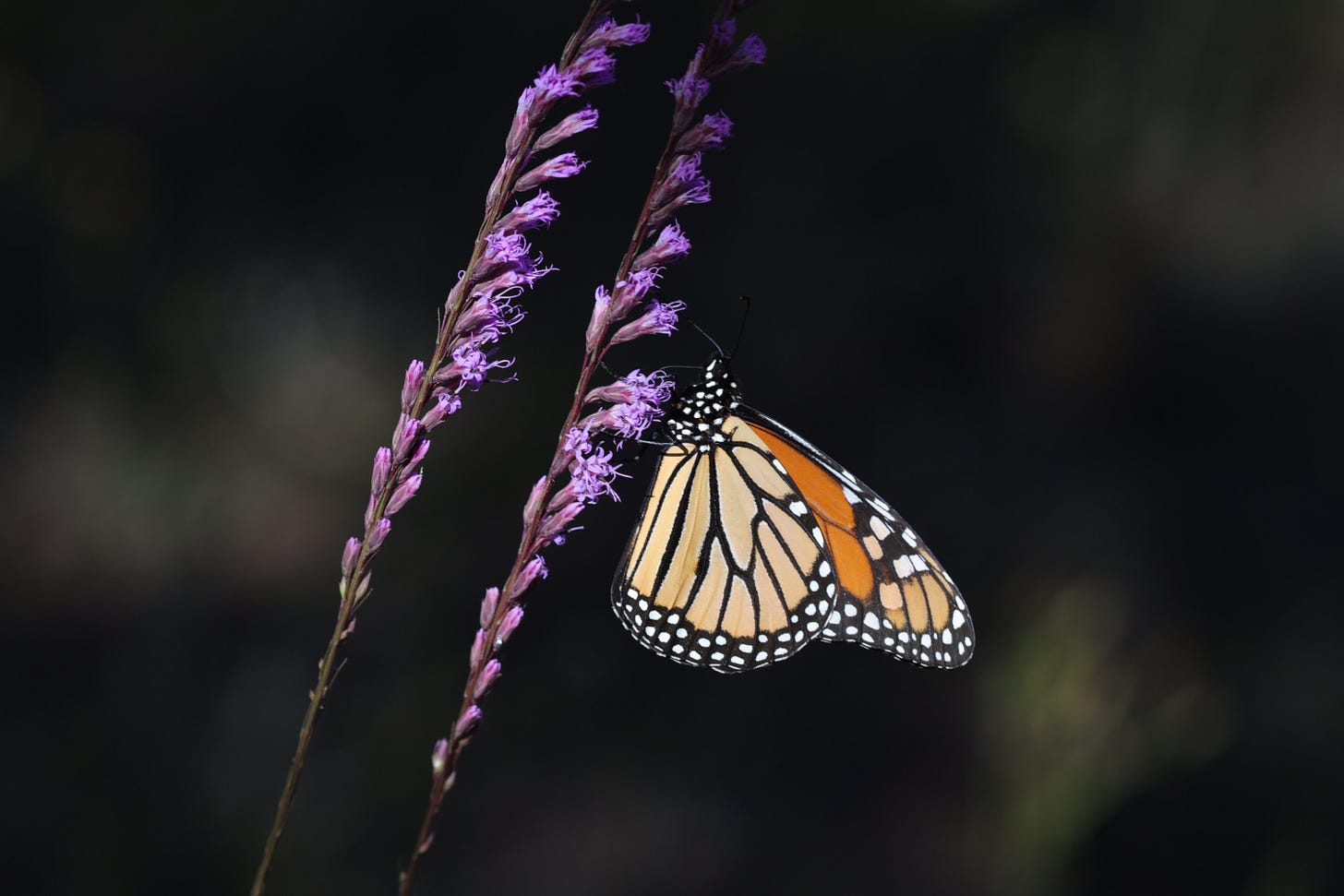
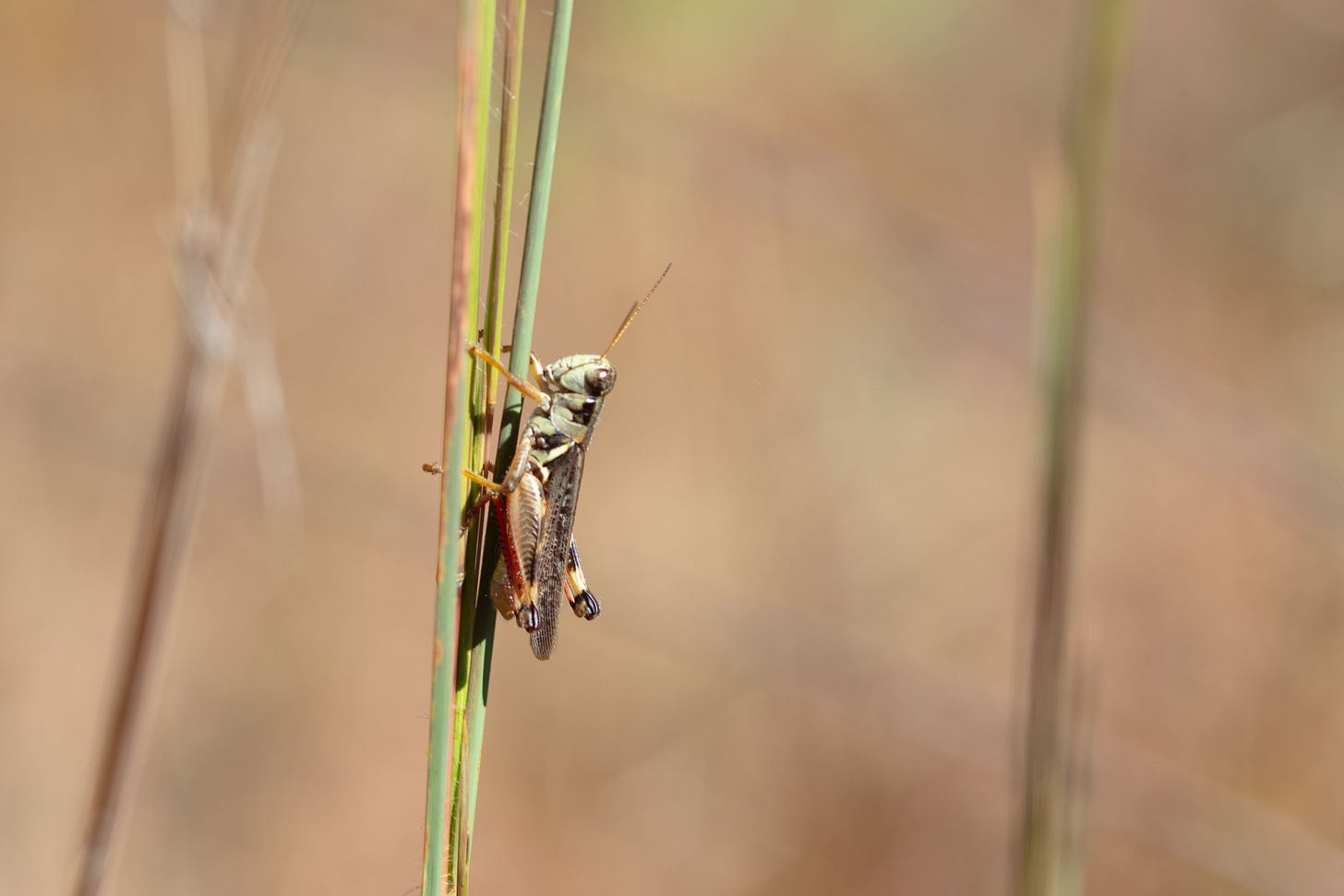
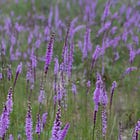

This was so great! I loved the photos and wish I could come over and visit.
Such a vivid description of place and season. I'm glad you stayed on despite the heat to explore and share this beautiful snapshot of the Sandhills with us. While I have driven through the Sandhills here in NC on my way to and from the coast, I had no idea just how diverse and vital this ecoregion is, but intend to explore/ learn more.